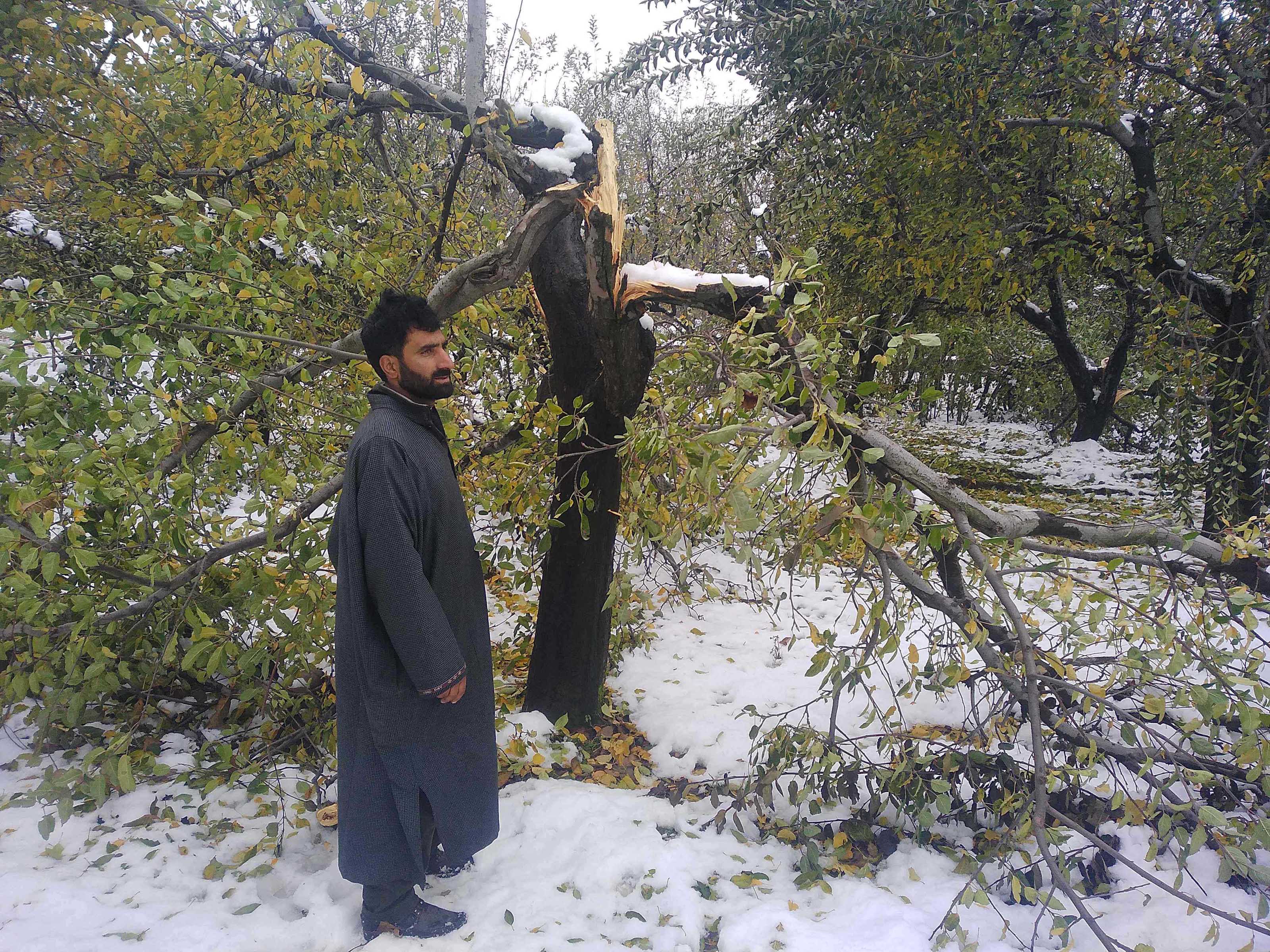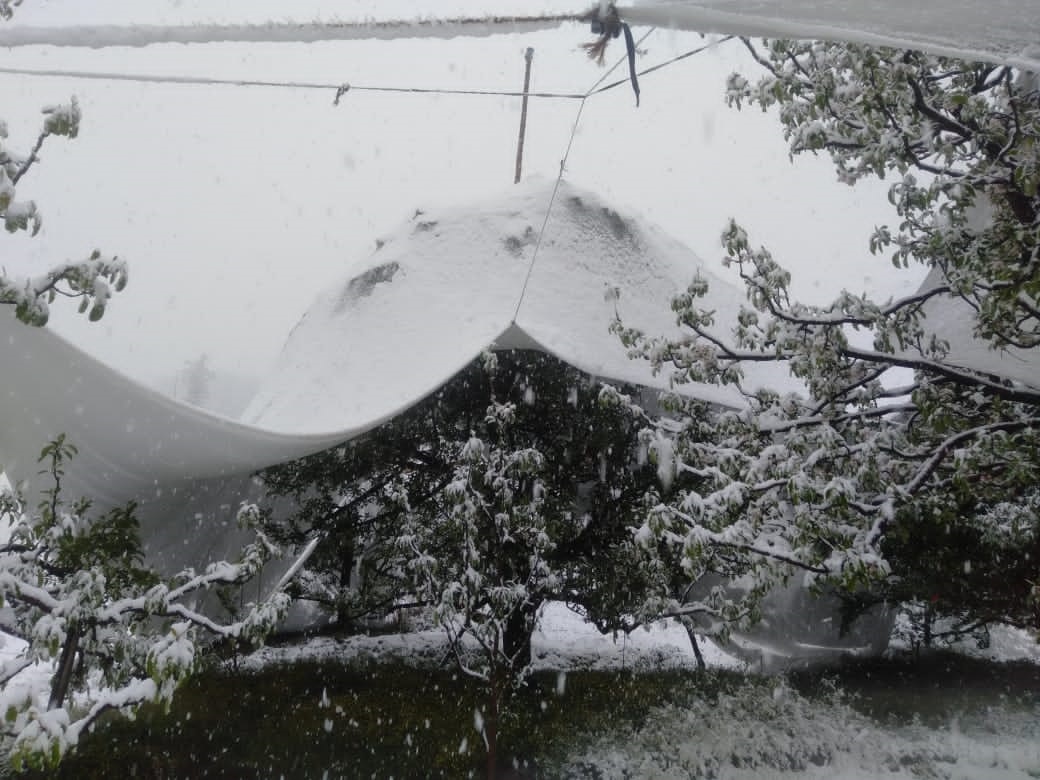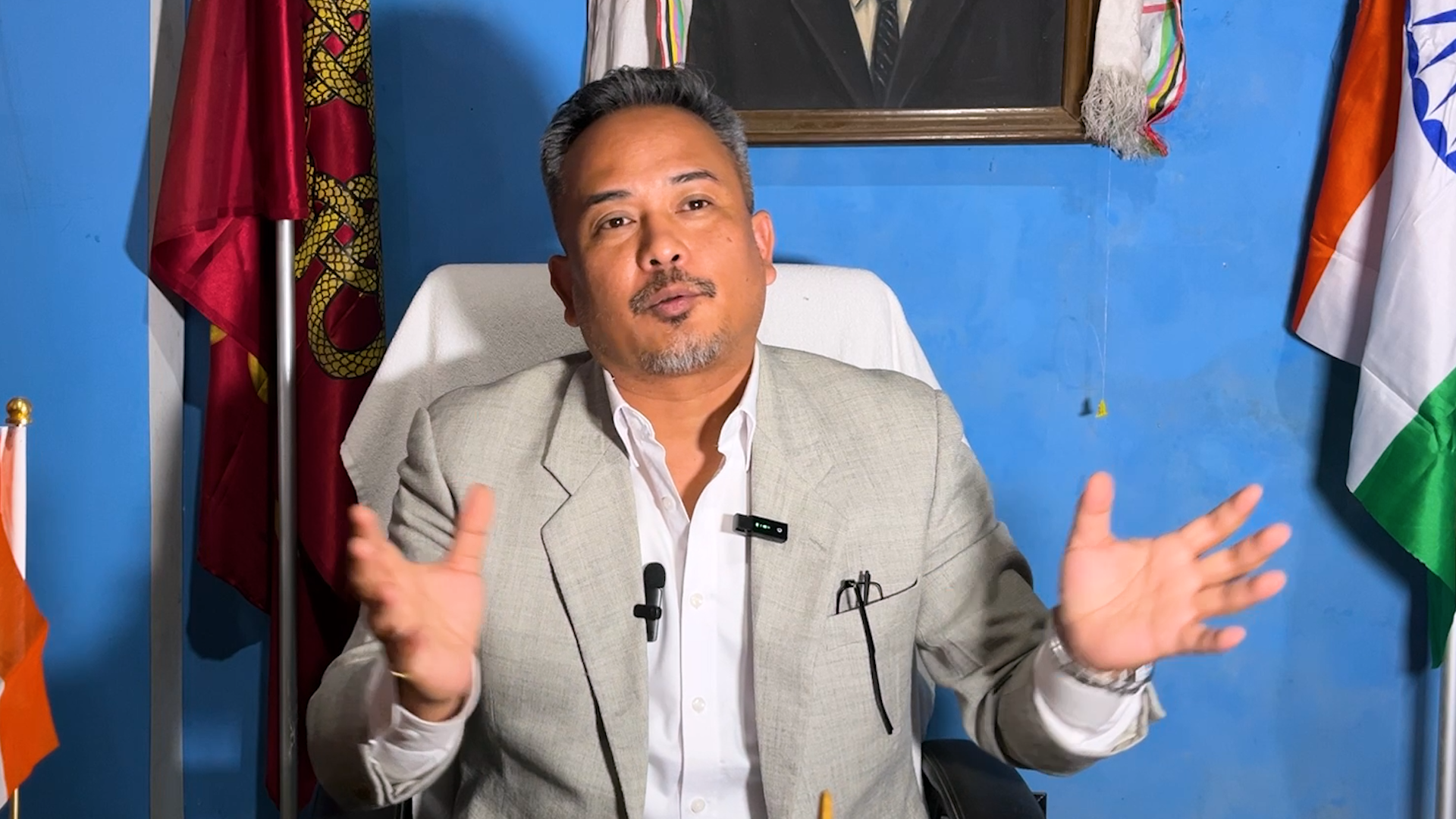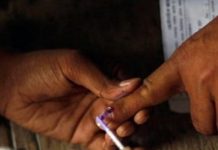
The assessment team chose to visit the region on Nov 16, almost seven months after the April disaster. Apple growers opine that it is impossible to assess the extent of the damage when all traces of it have already disappeared, writes Raj Machhan
The ignominious defeat of BJP candidates in all four constituencies in Himachal Pradesh in the polls has finally given the wake up call to a smug government setup at the centre and the state. The governments are now directly reaching out to farmers and horticulturists in the state to take stock of losses caused by recurring natural disasters that have left a number of families, especially the small and marginal horticulturists, in dire straits.
An Inter-ministerial disaster assessment team of officials from the Centre led by Dr Pramod Kumar Maherda, a Joint Secretary in the Union Government Department of Agriculture & Farmer Welfare, and comprising members Deependra Kumar, Director, Department of Expenditure along with Timman Singh, Deputy Director, Department of Rural Development visited various parts of the state, including the apple belt of Shimla district.
The timing of the visit, though, raises some serious questions about the objective. It came across more as a public relations drive, rather than a mission to assess losses in a systematic manner. In 2021, the apple growing areas of Himachal Pradesh faced serious losses on numerous occasions. The first among these was caused by unprecedented snowfall in the last week of April. Old timers, some of whom are in their 90s, say that they had never witnessed such a phenomenon during their lifetime.
The so called damage assessment team, however, chose to visit the region on November 16, almost seven months after the April disaster. Apple growers opine that it is almost impossible to assess the extent of the damage when all traces of it have disappeared (or made to disappear by corrective action taken by the farmers on their own).
Presently, the autumn season has set in, the leaves have dropped off, and the apple trees stand bare. Says Pyare Lal Chauhan, a prominent orchardists, “I wonder what method they can possibly adopt to record the real damage. What is the point of this visit? There have been a series of calamities after the first one. Apple growers have already sold their damaged crop. How can anyone arrive at any real assessment of the loss just by a cursory glance at barren trees?” A member of the National Horticulture Board termed it as an utterly futile exercise. “It’s a waste of public money. Whenever babus want to go on a holiday, this is the way they go about it.”
Horticulture department officials say that the government depends on the ground level staff such as patwaris and kanungos of the Revenue Department to take stock of the situation in case of a natural disaster. These officials are supposed to visit the apple orchards to assess the loss caused. Apple growers here, however, say that owing to the topography, that rarely happens. “I suffered heavy losses, but no one came to assess the damage,” says Krishan Chand from village Kutara, echoing the voice of the majority of apple growers.
Beginning March and first half of April, apple growers, especially the large producers, generally cover apple trees with anti-hail nets to prevent the frequent hailstorms from damaging the fruits. These nets are spread over the trees supported by wooden poles. The heavy snowfall in April led to accumulation of large quantities of snow in the inter-tree depressions of these nets. This in turn ripped the nets apart, broke the supporting poles, the top branches of the trees, and split the trees apart in high altitude areas which experienced excessive snowfall. The state government at that time made the right noises but no action was taken to compensate the farmers who were left on their own to deal with the situation.

Then again disaster befell apple growing areas in the form of a severe hailstorm accompanied by heavy rains on a dreadful night in May. The intense hail caused heavy damage to apples in their early growth phase when the fruit is at a delicate stage. Once again, the state government promised help as usual but nothing came of it.
The region experienced light hail almost every month, but it turned fierce in the month of September, resulting in almost total loss of crop in areas gripped by the phenomenon. Of course, the state government repeated its known course of action leaving the farmers in the lurch.
The inter-ministerial team’s visit to village Dalgaon in Rohru tehsil of Shimla district typifies the approach. The members arrived in a caravan of swanky cars accompanied by local agriculture and horticulture officials. The apple growers had already arranged for an elaborate meeting in the only banquet hall in the village. A number of orchardists, led by village pradhan Bishashar Singh Banshtu had gathered to extend a grand welcome. The team spent around 15 to 20 minutes with the farmers during which a memento depicting the local devta was presented to the team leader. The orchardists expressed their views about the individual damage caused and the lack of compensation. The other issues revolved around allocation of anti-hail guns to be installed at various vantage points. Villagers wanted sanction of subsidies for installing iron poles instead of the wooden ones, which easily broke under heavy snowfall.
In his talk, the village pradhan said that the Union Government could directly step in to install anti-hail guns under a special project (agriculture being a state subject). The same goes for iron poles too. “We cannot afford to install iron poles on our own. The cost is too high. The price of a quintal of iron is Rs 9500 in the local market, which is beyond our reach. The government should step in by granting substantial subsidies towards this end,” he said. He pointed out the increase in cost of apple production. “The situation has turned bad. The small and marginal growers have been rendered hand to mouth. We are basically surviving on the credit limit for farmers extended by the local bank. We are not able to pay back that too and we are helpless when the banks take us to court.” Growers also demanded inclusion of damage caused by hailstorm in the agriculture insurance policy.
During the meeting, the Central team members made note of a few points, took down names of some prominent persons, and steered clear from ensuring any concrete action. The team leader Pramod Kumar Maherda expressed his sympathy for the loss caused, made some noise about extending help and promised to hold a meeting with the state government regarding the issues. He assured the growers to present his report to the Union ministry. The team exchanged pleasantries with those present, and were off in a jiffy without even visiting a single orchard. “I had stored the broken poles in my orchard to show these as proof of the kind of damaged caused. But they simply did not bother to take a look,” said orchard owner Lokinder Singh Banshtu.
In the agriculture policy framed by Himachal Pradesh government, instead of giving direct aid, the government extends subsidies on inputs such as anti-hail nets, grading and packing machines, horticulture and agriculture implements, land improvement, and other related areas. Though, of late, the amount given as subsidies as a percentage of total cost has been reduced substantially, and in some cases like fungicides, insecticide and other plant medicines, these have been totally withdrawn. The subsidy policy adopted by the government has led to massive corruption, where the subsidy money hardly ever reaches those who are in real need of it. “I have never received a single rupee from the government as compensation for natural disasters,” said Shakti Singh Machhan. The majority of the apple growers demanded direct transfer of the money to their bank accounts instead of going through the subsidy route, which results in rogue elements or those with connections in the right places making false papers in connivance with the officials involved and make away with the government money.
What about the working of the Horticulture Department, established to assist the orchardists in Rohru? A visit to the office by this correspondent at three in the afternoon found the office totally empty except for two young staffers busy talking away on their phones. Questions about the whereabouts of the senior staff did not yield any convincing answers.
On an average, the apple economy of Himachal Pradesh is valued at Rs 4000 crore, with almost 90 per cent of the population in the upper Himachal areas, especially Shimla district solely dependent on the fruit for their livelihood. “We are hardworking, innocent people. We have lost 50 per cent of our crop value due to natural disasters in 2021. The visit of the team has sparked great expectations among the people and we are hopeful that the government will take steps in the right direction,” said Bishashar Singh Banshtu.
Hope springs eternal for growers in the apple belt of Himachal Pradesh!
Minister mum on repeal of farm laws
Himachal Pradesh Horticulture Minister Mahender Singh Thakur declined to comment on Union Government’s announcement on repeal of Farm Laws in context of Himachal Pradesh. “I am not responsible for it. The Union Government should come up with the answers,” he said in a curt reply. Incidentally, Thakur’s visits to the apple growing areas have been few and far between. Except for reduction in subsidies, the Horticulture Department has not come up with any significant policies for the welfare of the apple growers during his tenure. Apple growers in Himachal Pradesh get a Minimum Support Price of only Rs 8 per kg, which is among the lowest for any crop in the country.












